|
Villa Canales
Villa Canales is a city and municipality in the Guatemala department of Guatemala, situated 22 km south of the capital Guatemala City. As of the 2018 census, the city had a population of 124,680, Population of the major cities in Guatemala making it the eleventh largest city in Guatemala. Economy The economy of Villa Canales is based around , , and pineapple. The city is the largest producer of pineapple in the nation, due to the nearby Pacaya Volcano which fertilizes the soil. Due to rapid ...[...More Info...] [...Related Items...] OR: [Wikipedia] [Google] [Baidu] |
Flag Of Guatemala
The flag of Guatemala, often referred to as "Pabellón Nacional" (literally, "National Flag") or "Azul y Blanco" ("Blue and White") features two colors: Sky blue and white. The two Sky blue stripes represent the fact that Guatemala is a land located between two oceans, the Pacific Ocean and the Atlantic Ocean (Caribbean sea); and the sky over the country (see Guatemala's national anthem). The white signifies peace and purity. The blue and white colors, like those of several other countries in the region, are based on the flag of the former Federal Republic of Central America. In the center of the flag is the Guatemalan coat of arms. It includes the resplendent quetzal, the national bird of Guatemala that symbolizes liberty; a parchment scroll bearing the date of Central America's independence from Spain, 15 September 1821; crossed Remington rifles, indicating Guatemala's willingness to defend itself by force if need be; a bay laurel crown, the symbol for victory; and cros ... [...More Info...] [...Related Items...] OR: [Wikipedia] [Google] [Baidu] |
Sacapulas
Sacapulas is a town and municipality in the Guatemalan department of El Quiché. History Pre Hispanic era Worried about the defection of the aj K’ub’ul family chief -who had taken his family away in order to look for fertile and, above all, pacific land-, the K’iche’ king sent a group of soldiers to control every single movement of them. He was afraid that the aj K'ub'ul would look for reinforcements from other ethnic group in the area to form a strong army and then attack the k'iche's. The warriors settled to the east of the aj K’ub’ul and since the latter had moved away to look for peace and tranquility, they were a very peaceful community. And that is exactly what the warriors inform the K’iche’ king, reassuring him by telling that he should not worry about the exiled group, as they were really peaceful. As time went by, the k'iche' warriors realized that the aj K'ub'ul life was very different from the one they were used to have under the ruling of their ... [...More Info...] [...Related Items...] OR: [Wikipedia] [Google] [Baidu] |
Manuel Estrada Cabrera
Manuel José Estrada Cabrera (21 November 1857 – 24 September 1924) was the President of Guatemala from 1898 to 1920. A lawyer with no military background, he was a strong ruler (dictator) who modernised the country's industry and transportation infrastructure, but only via granting concessions to the American-owned United Fruit Company, whose influence on the government was deeply unpopular among the population. Estrada Cabrera used increasingly brutal methods to assert his authority, including armed strike-breaking, and he effectively controlled the general elections. He retained power for 22 years through controlled elections in 1904, 1910, and 1916, and was eventually removed from office when the national assembly declared him mentally incompetent, and he was jailed for corruption. Background Estrada Cabrera was a lawyer. He studied at the Universidad Nacional and thanks to his work he reached the position of "First Designated for the Presidency" when José María Rei ... [...More Info...] [...Related Items...] OR: [Wikipedia] [Google] [Baidu] |
Vicente Cerna Y Cerna
Vicente Cerna y Cerna (22 January 1815 – 27 June 1885) was president of Guatemala from 24 May 1865 to 29 June 1871. Loyal friend and comrade of Rafael Carrera, was appointed army's Field Marshal after Carraera's victory against Salvadorian leader Gerardo Barrios in 1863. He was appointed Carrera's successor after the caudillo's death in 1865 even though Guatemalan leaders would have preferred Field Marshal José Víctor Zavala. After the presidential elections of 1869, that Cerna won over liberal candidate Zavala, there were severe fraud accusations, and from then on Cerna's presidency was marred by constant uprising until he was eventually ousted by the liberal leaders Miguel Garcia Granados and Justo Rufino Barrios on 30 June 1871. Biography Cerna y Cerna was from Ipala, Chiquimula where he later served as major and "Corregidor". He was a loyal friend and camarade of Rafael Carrera and was a distinguished officer of the caudillo's army. He was one of the Guatemalan of ... [...More Info...] [...Related Items...] OR: [Wikipedia] [Google] [Baidu] |
Mariano Rivera Paz
Mariano Rivera Paz (24 December 1804 – 26 February 1849) was Head of State of Guatemala and its first president. Biography Mariano Rivera Paz was born in Guatemala City and studied law in the Royal and Pontifical University of San Carlos Borromeo. Conflagration between Liberals and Conservatives In 1838 the liberal forces of Morazan and José Francisco Barrundia invaded Guatemala and reached San Sur, where they executed Chúa Alvarez, father-in-law of the Guatemalan military leader Rafael Carrera and laid his head on a pike to teach a lesson to all followers of the Guatemalan caudillo. Upon learnings this, Carrera and his wife Petrona - had come to confront Morazán as soon as they learned of the invasion and were in Mataquescuintla- swore they would never forgive Morazan even in his grave, as they felt that no one could respect someone who could not avenge family members. After sending several envoys, who Carrera would not receive -especially Barrundia who was not rec ... [...More Info...] [...Related Items...] OR: [Wikipedia] [Google] [Baidu] |
Palín, Escuintla
Palín is a municipality in the Escuintla department of Guatemala. The town of Palín, which is the municipal seat, is located on the foothills of the Sierra Madre volcanic chain, south of Guatemala City. History According to the ancient oral tradition, Palín was settled by the Spanish conquistadores on 30 July 1535, although there is not any written documentation on the exact date that would have taken place. There is, though, a property title from 1751, that references the loss of the original document of the foundation of San Cristóbal Palín. Monastery and doctrine of Order of Preachers After the Spanish conquest of Guatemala, the Spanish crown focused on the Catholic indoctrination of the natives. Human settlements founded by royal missionaries in the New World were called "Indian doctrines" or simply "doctrines". Originally, friars had only temporary missions: teach the Catholic faith to the natives, and then transfer the settlements to secular parishes, just like ... [...More Info...] [...Related Items...] OR: [Wikipedia] [Google] [Baidu] |
San Miguel Petapa
San Miguel Petapa () also known as Petapa is a city and Municipalities of Guatemala, municipality in the Guatemala Department, Guatemala department of Guatemala, located south of Guatemala City. The city has a population of 129,124 according to the 2018 census. Population of the major cities in Guatemala History Monastery and doctrine of Order of Preachers  After the conquest, the Spanish crown focused on the Catholic indoctrination of the natives. Human settlements founded by royal missionaries in the New World were called "Indian doctrines" or simply "Indian Reductions, doctrines". ...
After the conquest, the Spanish crown focused on the Catholic indoctrination of the natives. Human settlements founded by royal missionaries in the New World were called "Indian doctrines" or simply "Indian Reductions, doctrines". ...
[...More Info...] [...Related Items...] OR: [Wikipedia] [Google] [Baidu] |
Mixco
Mixco () is a city and municipality in the Guatemala department of Guatemala. It is next to the main Guatemala City municipality and has become part of the Guatemala City Metropolitan Area. Most of Mixco is separated from the city by canyons, for which a multitude of bridges have been created. Ciudad San Cristóbal, one of Guatemala's largest cities, is located in this municipality. It is the second largest city in Guatemala Department, after Guatemala City, with a population of 465,773. Administrative division The municipality is divided into zones with residential neighborhoods, villages, settlements and the municipal capital. Due to its close proximity to Guatemala City, several villages were turned into residential neighborhoods. From the residential neighborhoods it is excluded "La Florida", which separated from Mixco to join Guatemala City in 1958. Mayors Universities * UruralG * UPANA * USAC * URL *UNI Sports Deportivo Mixco football club play in the G ... [...More Info...] [...Related Items...] OR: [Wikipedia] [Google] [Baidu] |
Amatitlán
Amatitlán () is a town, with a population of 98,176 (2018 census), Population of cities & towns in Guatemala and a municipality in the of . History Monastery and doctrine of Order of Preachers  After the conquest, the Spanish crown focused on the Catholic indoctrination of the natives. Human settlements f ...
After the conquest, the Spanish crown focused on the Catholic indoctrination of the natives. Human settlements f ...
[...More Info...] [...Related Items...] OR: [Wikipedia] [Google] [Baidu] |
Regular Clergy
Regular clergy, or just regulars, are clerics in the Catholic Church who follow a rule () of life, and are therefore also members of religious institutes. Secular clergy are clerics who are not bound by a rule of life. Terminology and history The observance of the Rule of St. Benedict procured for Benedictine monks at an early period the name of "regulars". The Council of Verneuil (755) so refers to them in its third canon, and in its eleventh canon speaks of the "ordo regularis" as opposed to the "ordo canonicus", formed by the canons who lived under the bishop according to the canonical regulations. There was question also of a "regula canonicorum", or "regula canonica", especially after the extension of the rule which Chrodegang, Bishop of Metz, had drawn up from the sacred canons (766). And when the canons were divided into two classes in the eleventh century, it was natural to call those who added mendicant, religious poverty to their common life regulars, and those who ga ... [...More Info...] [...Related Items...] OR: [Wikipedia] [Google] [Baidu] |
Catholicism
The Catholic Church, also known as the Roman Catholic Church, is the largest Christian church, with 1.3 billion baptized Catholics worldwide . It is among the world's oldest and largest international institutions, and has played a prominent role in the history and development of Western civilization.O'Collins, p. v (preface). The church consists of 24 ''sui iuris'' churches, including the Latin Church and 23 Eastern Catholic Churches, which comprise almost 3,500 dioceses and eparchies located around the world. The pope, who is the bishop of Rome, is the chief pastor of the church. The bishopric of Rome, known as the Holy See, is the central governing authority of the church. The administrative body of the Holy See, the Roman Curia, has its principal offices in Vatican City, a small enclave of the Italian city of Rome, of which the pope is head of state. The core beliefs of Catholicism are found in the Nicene Creed. The Catholic Church teaches that it is th ... [...More Info...] [...Related Items...] OR: [Wikipedia] [Google] [Baidu] |

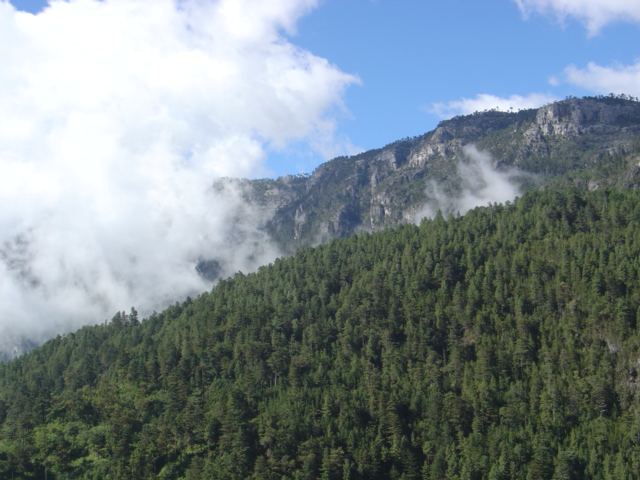
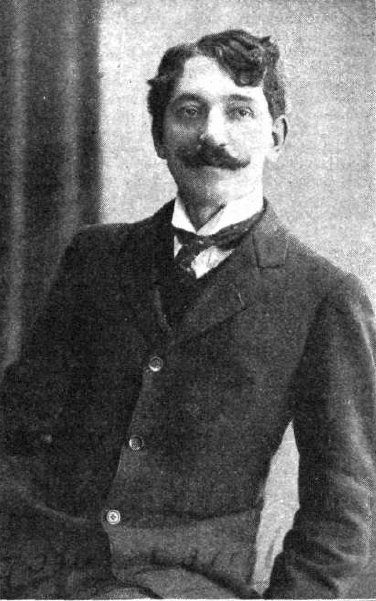
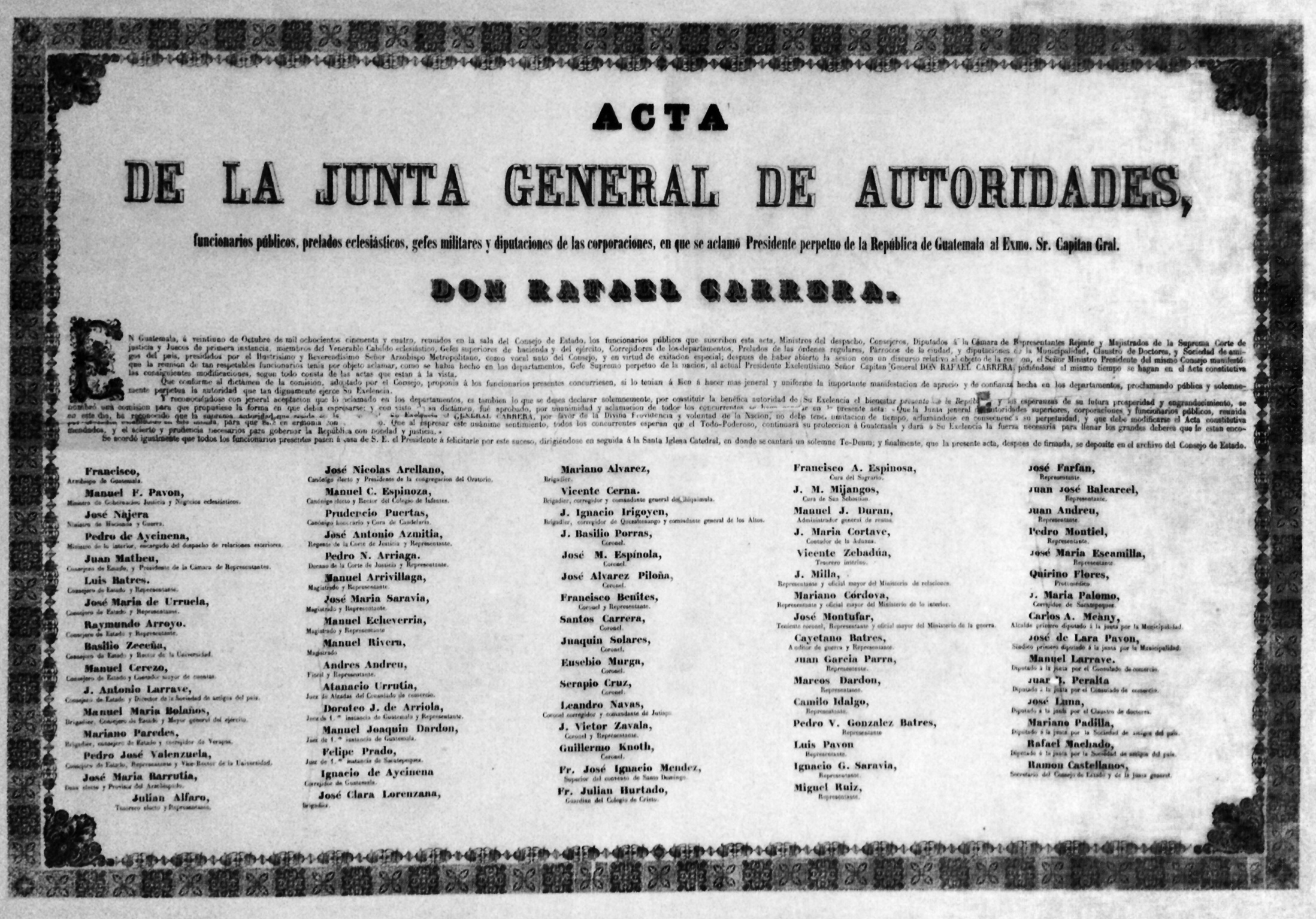
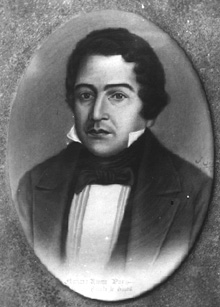
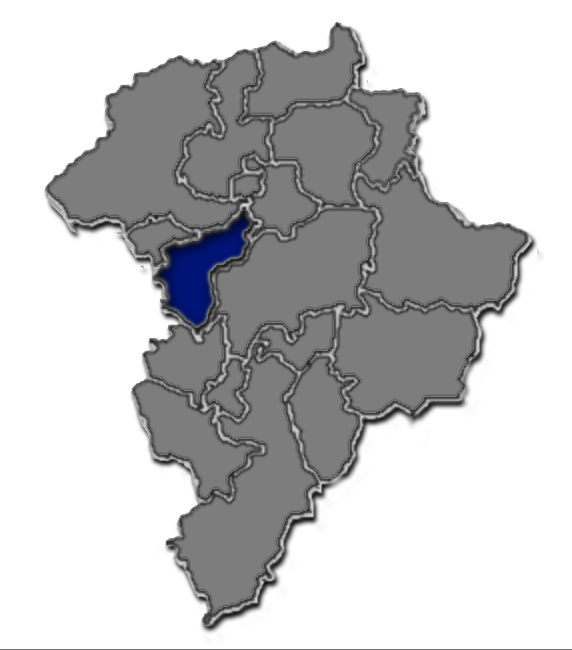

.jpg)